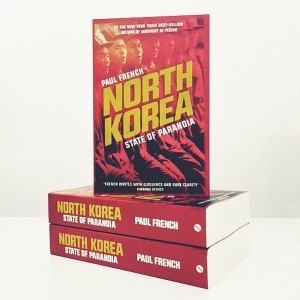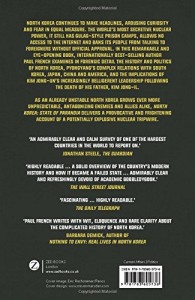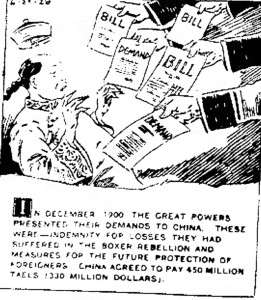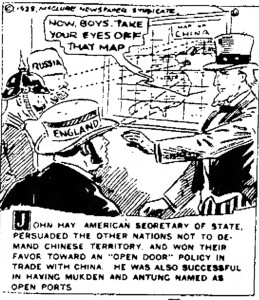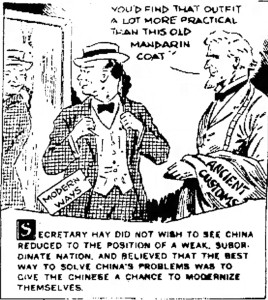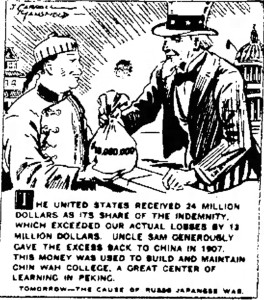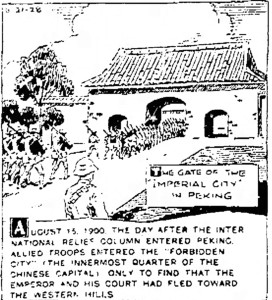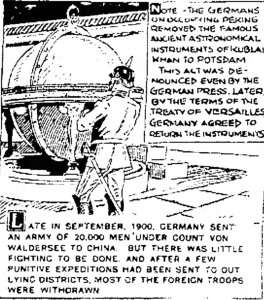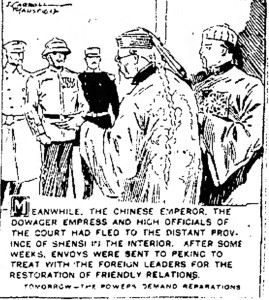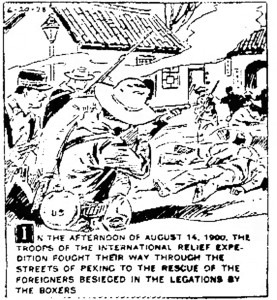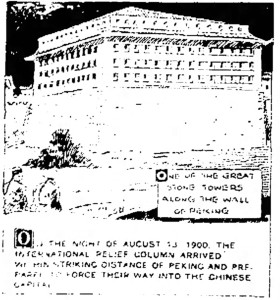Posted: September 10th, 2015 | No Comments »
This picture appeared on the front pages of American newspapers in November 1937 – it was taken by an American cameraman close to the Japanese troops storming Shanghai’s Chapei (Zhabei) district after the August 1937 attack on the city. It shows clearly the level of total destruction wrought in the Chinese portions of Shanghai by the Imperial Japanese Army in the winter of ’37…..as a result 150,000 Chinese refugees crossed into the International Settlements in the ensuing six months….
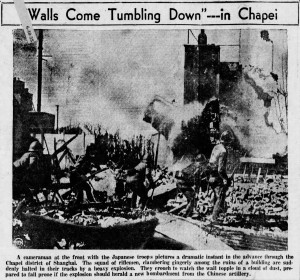
Posted: September 9th, 2015 | No Comments »
I think this is a rather remarkable picture – Japanese troops, brought to Shanghai as reinforcements after Tokyo’s attack on the city in 1937, arriving by boat and scaling the wall of the Soochow Creek (Suzhou Creek). It’s hard to work out exactly where this is on the Soochow Creek, but it must have been at low tide, and on the largely Japanese-controlled north side of the Creek (Hongkew side), with the Japanese commandeering sampans to take them from their troop ships to the bankside.
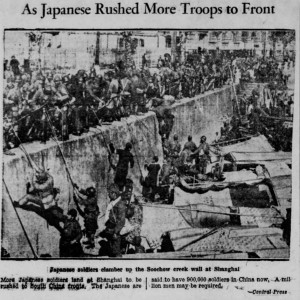
Posted: September 8th, 2015 | No Comments »
Apologies for self promotion but a new edition (with a bit of updating as ever) of my North Korea: State of Paranoia is out in the UK (here) and USA (here). I rather like this cover and it’s slightly cheaper in this B-format…..
